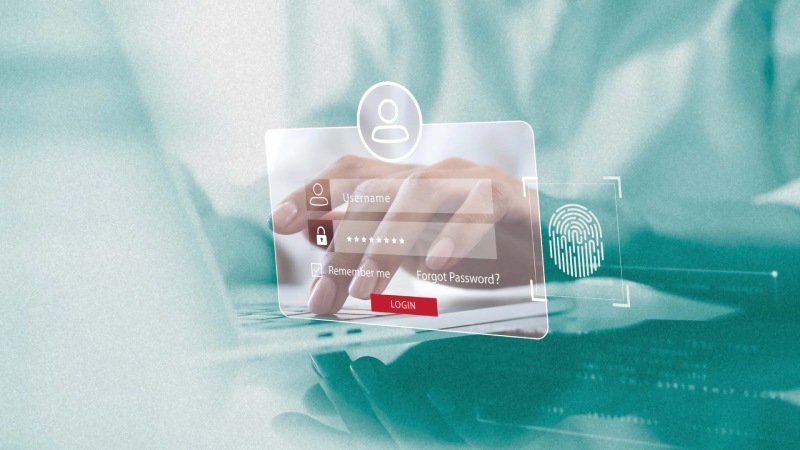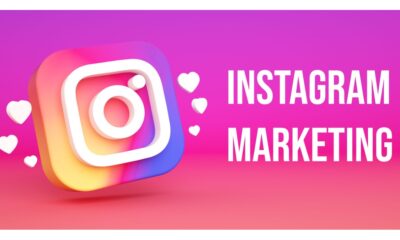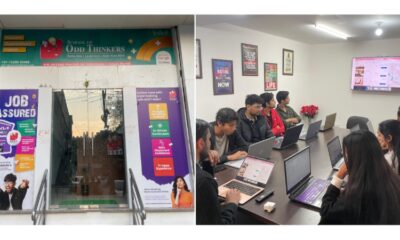Business
Cookies are Going Away: B2C Marketing Should Embrace Real-time Intent Data

As third-party cookies are phased out, the ecosystem surrounding digital marketing is changing. This revolutionary move represents a fundamental transition rather than merely a modification in the way marketers target, engage, and cultivate client loyalty. Third-party cookies have been a mainstay of consumer data insights, therefore businesses, especially B2C, are preparing for the end of an era. Digital marketers will need to implement different tactics to bridge this shift.
Real-time intent data is here to stay. Though purpose has always been associated with business-to-business (B2B) marketing, it is now positioned to revitalize business-to-consumer (B2C) avenues.
Lead forms, content consumption, and website interactions are examples of real-time intent data that are notable for their timeliness and relevancy. In sharp contrast to flat-file data, which presents a static view, it offers insights into user interests close to the same moment a customer makes a decision. For consumer marketers, this is revolutionary since it presents the possibility of extremely responsive and customized customer experiences. Real-time intent data is dynamic and specific, reflecting the constantly shifting nature of customer demands, in contrast to commercially accessible demographic data, which stays static and offers a broad overview of the consumer sector.
Intent data has proven essential for B2B marketers as it offers practical insights into potential customers’ interests and attitudes during a longer purchasing cycle. Acknowledging the significance of this information, business-to-business (B2B) marketers have employed it to customize communications and outreach, allowing them to address specific client segments and their specific issues.
There can be serious marketing difficulties when depending solely on static or historical intent data. Missed chances can result from non-real-time data, as consumer preferences change quickly. An information gap arises between what is offered in terms of products and what customers actually need right now. Furthermore, relying on such data may cause a delay in response, making campaigns more reactive than proactive in their knowledge.
REAL-TIME INTENT SIGNALS KEY TO MARKETING PERSONALIZATION
Personalization is now required in B2C marketing due to its rapid pace of change from luxury to necessity. Customers expect experiences specifically tailored to their individual wants, tastes, and behaviors—they don’t just want generic experiences. Using this data, businesses can successfully meet customers where they are in the buying process and encourage them to take concrete action from their initial curiosity.
Establishing more meaningful interactions with customers requires personalization. True personalization entails fully comprehending a customer’s interactions, preferences, and behaviors across several online and offline touchpoints, going beyond just addressing them by name in an email. Through making use of real-time intent signals and their comprehensive insights, organizations can craft offers, content, and experiences that touch consumers personally, thereby cultivating brand loyalty and accelerating conversion rates.
Customers benefit from personalized experiences that are relevant, practical, and interesting, making their trip easier and more in line with their needs. Personalization increases lifetime value and advocacy by increasing client satisfaction and retention. Additionally, it makes marketing campaigns more effective.
REAL-TIME OMNICHANNEL STRATEGY OPTIMIZATION
Since customers interact with businesses over a range of channels, including online and in-person ones, creating a successful omnichannel strategy requires more than just gaining a competitive edge. Ensuring a cohesive, smooth, and frictionless user journey requires integrating real-time intent data across all channels. Innovative companies and marketing operations stand out from the competition by optimizing omnichannel strategies to anticipate and satisfy customer expectations at every turn.
The goal is to give customers a uniform experience across channels so they can switch between them with ease and not experience any disruptions to messaging, customer service, or quality. A coherent omnichannel strategy ensures that the message is understood regardless of the consumer’s mode of engagement with the company.
An omnichannel strategy’s best performance is significantly hampered by data silos. Customers encounter uneven and careless service when information is locked up in one channel and not shared with others. Another essential element of a successful omnichannel strategy is the speed and accuracy with which data is deployed across the consumer journey.
Brands can develop highly dynamic and tailored customer experiences that lead to improved customer happiness, higher conversion rates, and better retention by incorporating real-time intent data into an omnichannel marketing strategy. In the end, an effective omnichannel strategy fosters long-lasting connections, generates value and relevance at every touchpoint, and promotes steady business growth.
Brands have to change with the times and use data and technology in new and inventive ways to stay relevant. No matter how customers engage with a business, real-time intent signals combined with an omnichannel strategy guarantee that organizations stay relevant, timely, and responsive. Ultimately, staying ahead of the competition and providing experiences that customers will value repeatedly are the goals of optimizing an omnichannel approach.
-

 Travel4 weeks ago
Travel4 weeks agoBwindi’s Gorilla Tourism: Saving Wildlife, Empowering Communities
-

 Education4 weeks ago
Education4 weeks agoJoseph Curran: Using Legal Writing and Advocacy to Simplify Complex Issues for Clients
-

 Tech4 weeks ago
Tech4 weeks agoGoogle Offers New Travel-related Features To Search And Launches Its AI “Flight Deals” Tool Around The World
-

 Business4 weeks ago
Business4 weeks agoStop the Bleeding: How Unanswered Comments Increase Your CAC
-

 Cryptocurrency2 weeks ago
Cryptocurrency2 weeks agoRami Beracha Asks, Can Israel Become A Global Leader In Blockchain Innovation?
-

 Tech3 weeks ago
Tech3 weeks agoAdsPower Promo Code for 50% Off – Ultimate Guide to AdsPower Benefits (Referral Code Included)
-

 Education2 weeks ago
Education2 weeks agoForged in Fire: Nicholas Lawless Unveils Lawless Leadership – The Model Built for a World That Traditional Leadership Can’t Survive
-

 Business2 weeks ago
Business2 weeks agoOPO Group LTD Strengthens Its Global Footprint With Expanding Offices and a Modernized Trading Ecosystem






















